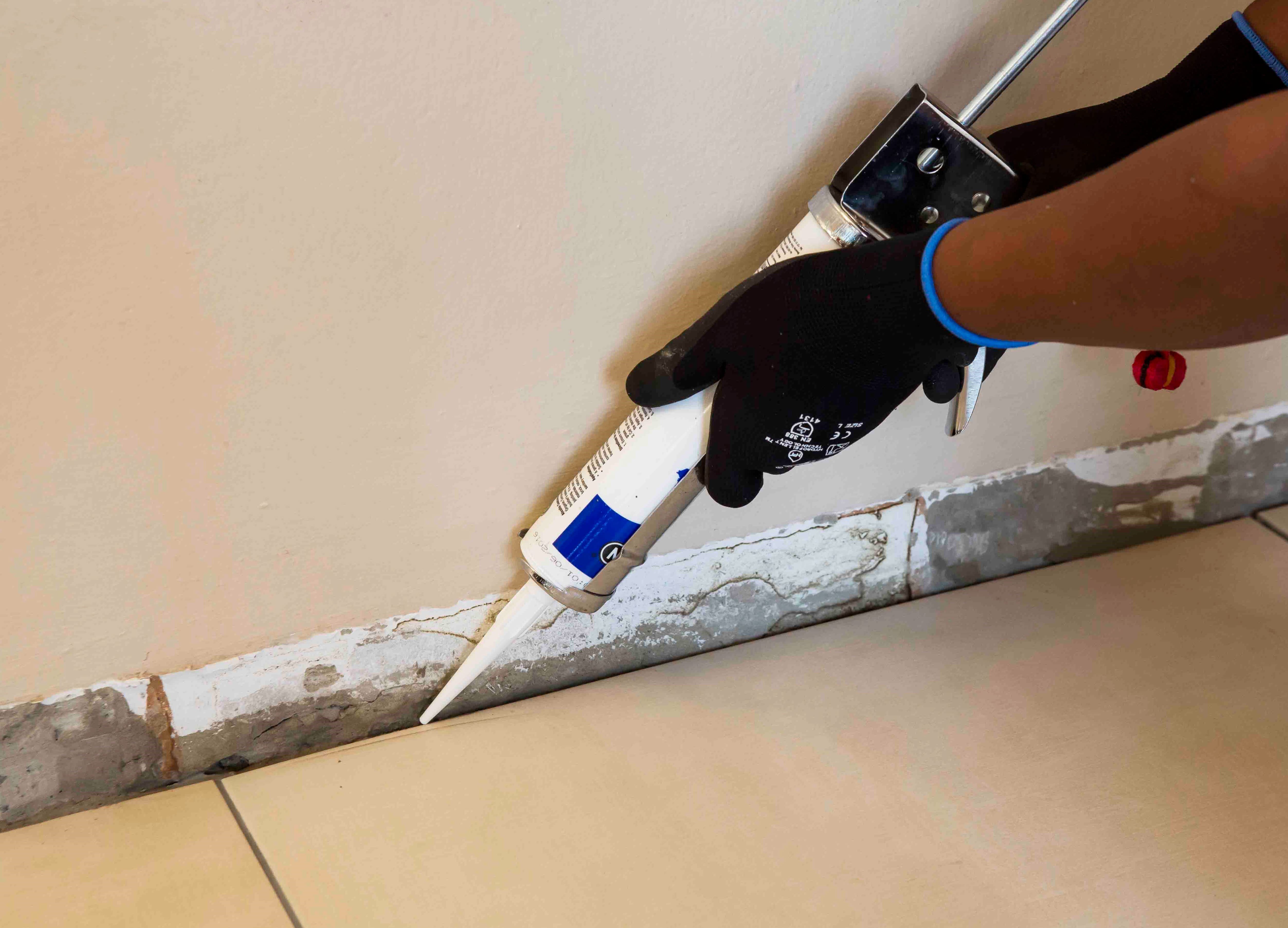4 key points when installing new carpets
Any floor covering is an investment and should be installed properly for best results. If you have decided to install new carpets in your home, correct preparation of the surface is important to ensure a great-looking long-lasting floor.
Type of carpet
Carpets are generally available as a wall-to-wall carpet, or as a stick-down carpet or carpet tile. A wall-to-wall carpet is placed over underfelt and is ideal for bedrooms as they are soft and warm underfoot. This type of carpet can be curved over stairs and as the underfelt provides the majority of the protection from any flaws in the subfloor, they are more forgiving of the surface below. Alternatively, for high traffic areas or in large commercial spaces, stick-down carpets, which come in sheets or in carpet tiles, are glued directly onto the surface. These are more economical but are not as soft underfoot.
Smooth versus level floors
For wall-to-wall carpets, a level surface is important as imperfections in your subfloor can impact on the look and durability of your new carpet. Variations in the floor level, such as hollows or raised areas will lead to bumps in your carpet which become wear spots, reducing the life-span of your carpet. Similarly, hollows below the carpet can create unattractive sagging that are also a tripping hazard. We recommend using TAL Rapidfix to repair minor pockmarks or depressions in your floor, and TAL Superscreed in larger areas for correcting minor variations or imperfections in floor levels before installing your carpets.
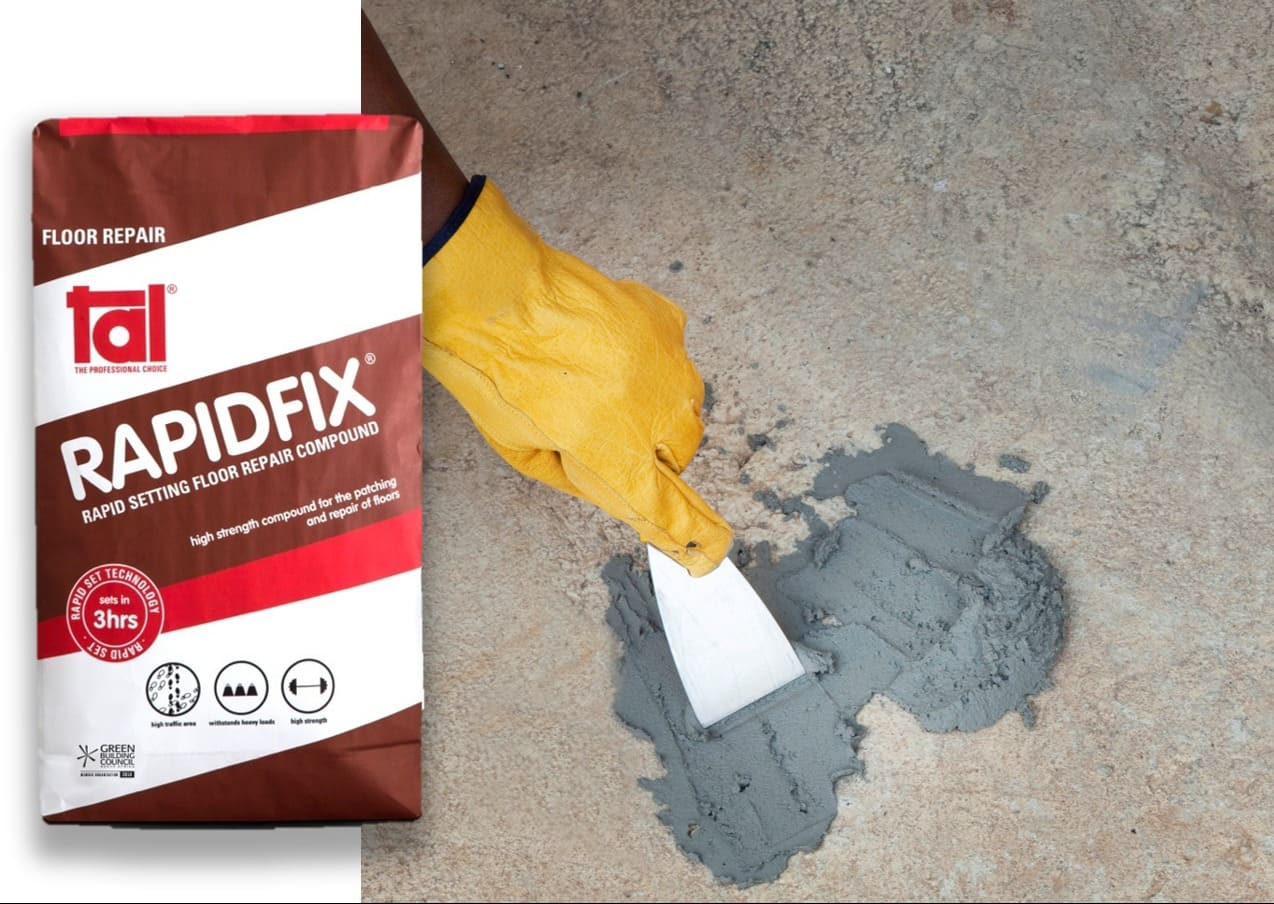

When installing stick-down carpets, it is essential to have a smooth and level surface as they are glued directly onto the subfloor, or screed. TAL Screedmaster should be used for smoothing and levelling the floor to create the perfect surface before installation. For larger voids in the surface, use TAL Rapidfix to repair these prior to applying the underlayment compound (screed).
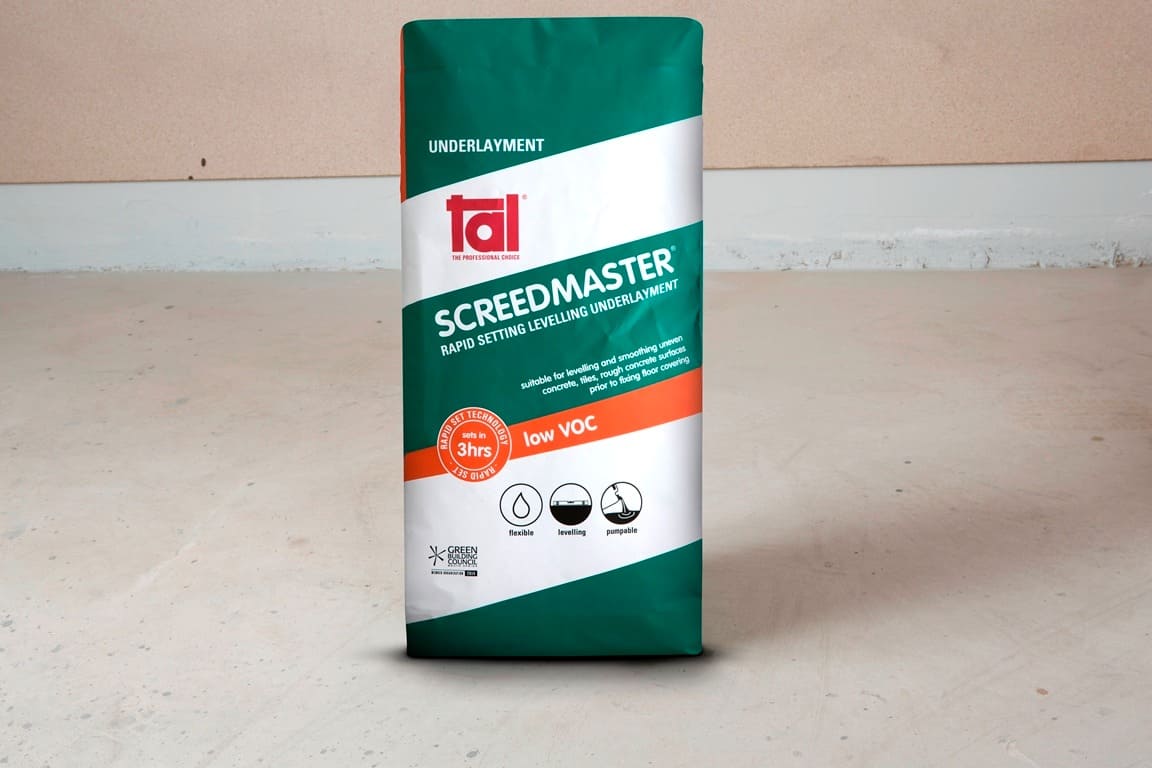

Controlling moisture
High levels of moisture in a concrete floor can cause damage to the carpet and result in unpleasant odours over the long term. Use a moisture barrier such as TAL VaporStop, particularly when installing stick-down carpets as excessive moisture in the substrate can affect the adhesive bond, causing the carpets to lift.
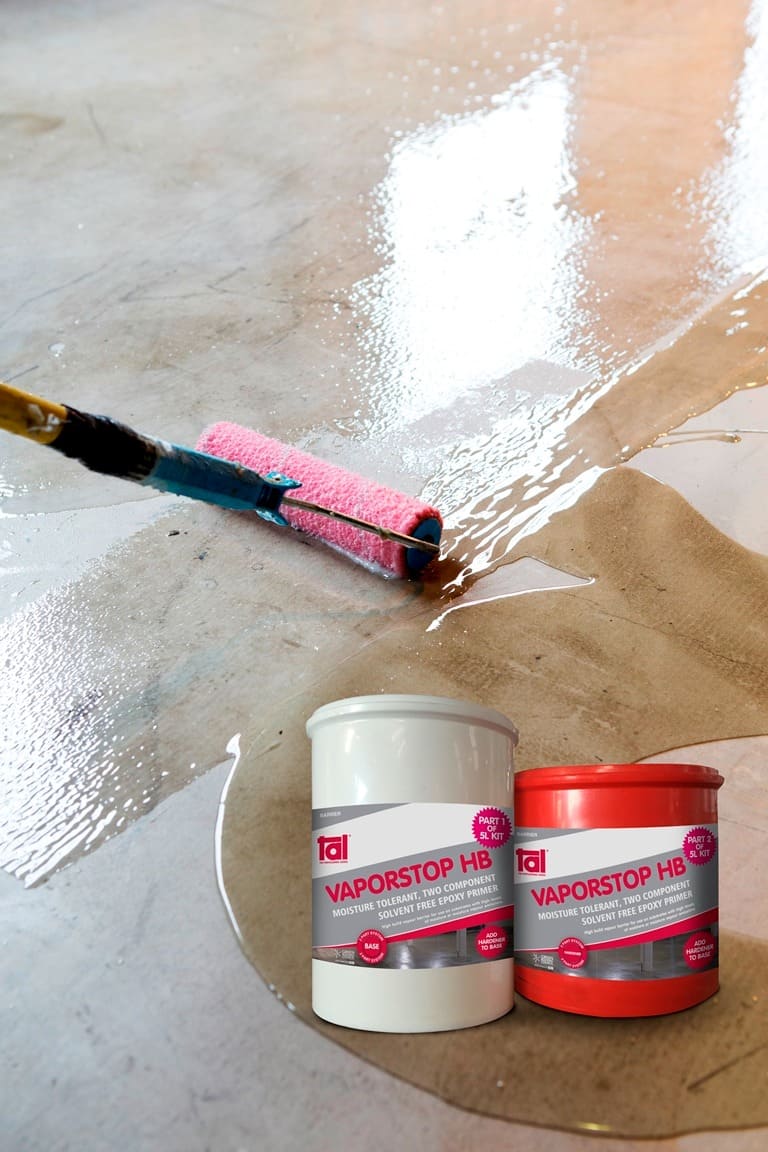

Managing the heat
When installing undercarpet heating with wall-to-wall carpets, heating pads are installed that lie between the underfelt and the carpet. If installing underfloor heating for stick-down carpets or vinyl flooring, then heating elements are placed on the floor and embedded in an underlayment. In these cases, a trowel-applied screed such as TAL Superscreed is ideal. This will form a protective barrier over the heating elements, ensuring that they are not damaged during the installation of the new carpets
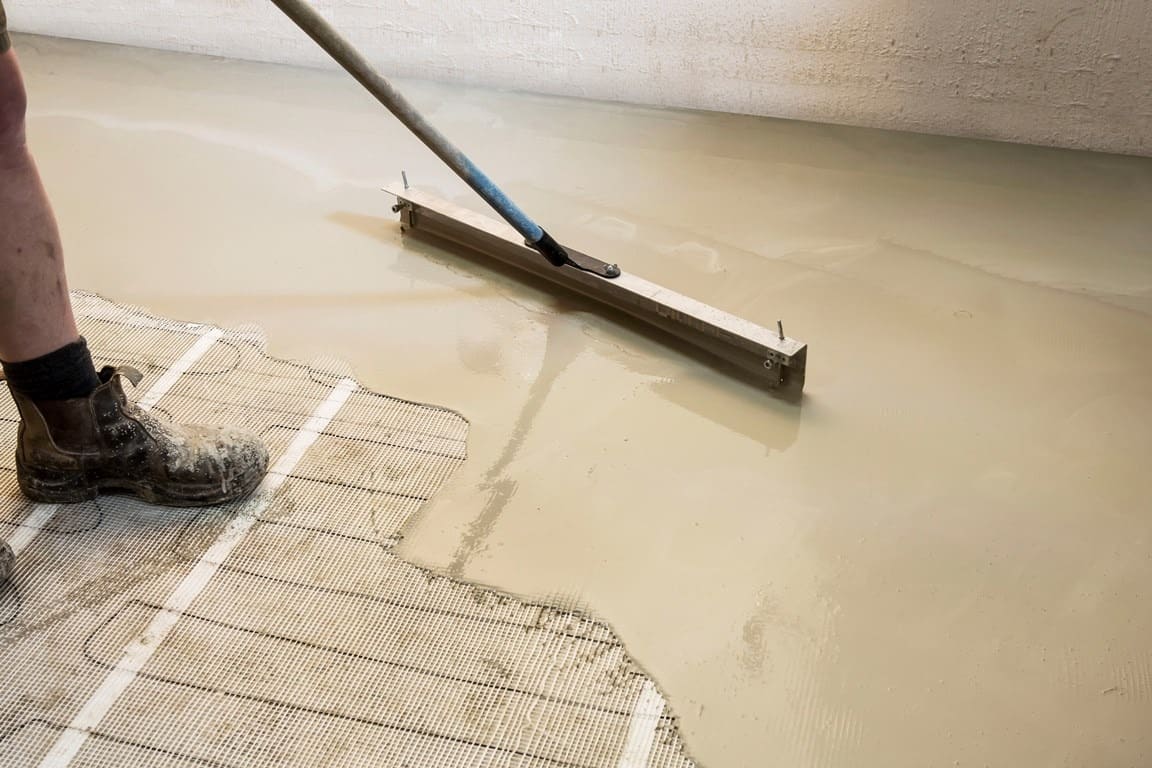

Due to the temperature fluctuations associated with floor heating systems, add a latex additive like TAL Screedbinder (as a water replacement) to the TAL Superscreed. This is to accommodate the expansion and contraction caused by the heat generated by the elements.
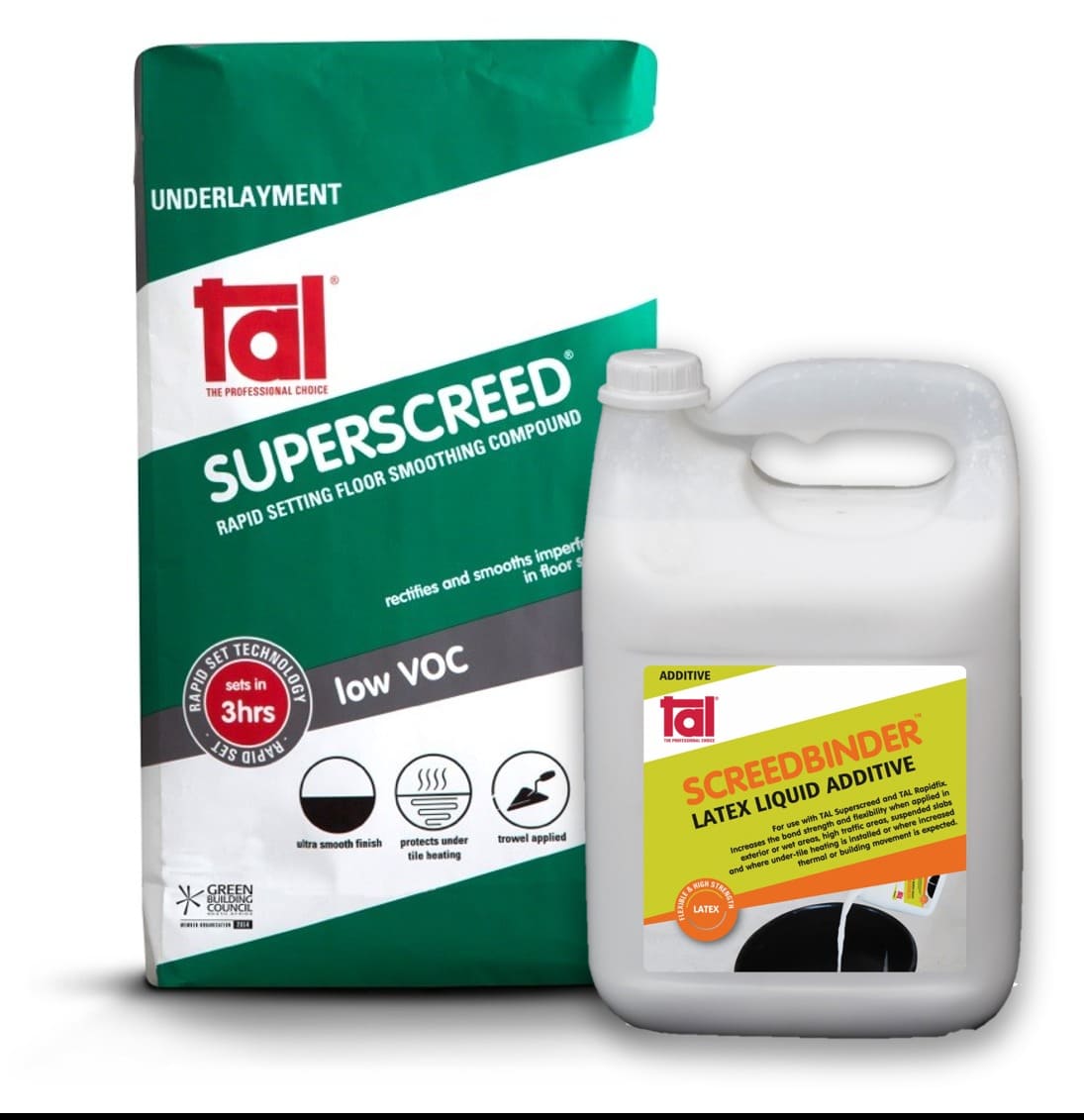

Paying attention to these 4 key points when installing your new carpets will ensure that your investment is long-lasting and adds value to your home.
If you have any questions or are in doubt about how to prepare your floors before installing your chosen final floor covering, call our Technical Advice Centre or send us an email.
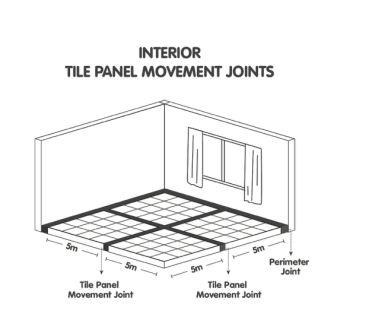



When using large format tiles (a tile with the length of at least one edge equal to/greater than 600mm, or a facial area greater than 3500cm²) there will be a smaller number of grout joints, compared with the same area of normal format tiling. As a result, less stress (movement) can be accommodated at tile joints.
Considering a wood-look tile installation? Give us a call or send usan email and we’ll give the right advice, no matter how big or small your tile installation: 0860000 TAL (825) or [email protected]. If this TAL Talk blog post interested you, you may want to take a look at this TAL Talk blog post: The 101 on wood-look tiles.
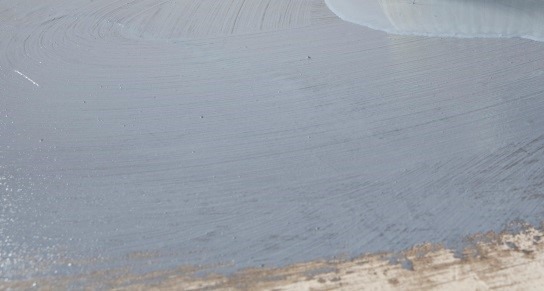

Complete the waterproofing system by replacing the water in the grout mix with TAL Bond, a latex additive, as this further increases the water resistance and flexibility of the installation.
Get the job right the first time and avoid future headaches from water seeping through and damaging the walls and floors of your home. The additional cost and effort of properly waterproofing your shower is an investment in your property and will ensure a beautiful and functional bathroom for years to come.
For more information on multi-level waterproofing systems, contact a TAL Expert on 0860 000 TAL (825), email us or watch our how-to video on YouTube for step-by-step advice on how to waterproof a shower.
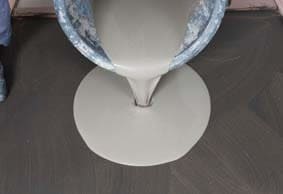

STEP 8
Roll the area using a TAL Spiked Roller to facilitate the release of any trapped air to produce a smooth surface, and to allow it to dry.
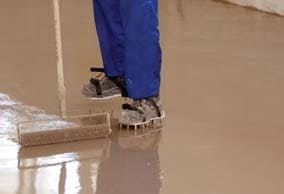

Allow the screed installation to dry for 24 hours before subjecting to foot traffic (or other trades) or installing floor coverings.


TAL MOSAICFIX is available in 20 kg and 5 kg bags from leading retail outlets.
Designed to be 100% compatible, using the TAL range of products ensures fully guaranteed multi-level tiling systems from a single source. TAL products are manufactured in South Africa to suit local climatic conditions.
If you are in any doubt, contact the TAL Technical Advisory Service on 0860 000 TAL (825), email [email protected]. Alternatively, employ the services of an experienced and skilled mosaic tiling contractor.




When replacing tiles, it is not always possible to apply the TALFIX directly to the floor, in which case apply the adhesive in a solid bed onto the back of the tile, ensuring complete coverage. Gently trace the notched side of a floor trowel through the adhesive to create ‘ridges’.


Adhesive system
When tiling onto existing tiles, it is important to only use a quick- or rapid-setting adhesive, as the existing tiles will present a dense, impervious surface, and standard-setting adhesives will take longer to dry. Too early trafficking of newly-installed tiles before the adhesive has set sufficiently can result in hollow-sounding or loose tiles.
Use TAL Tile-To-Tile quick-setting adhesive for tiling onto interior surface beds. When tiling onto suspended slabs and for external installations mix the TAL Tile-To-Tile with TAL Bond, replacing the water in the mix. Alternatively, TAL Bond Powder can be added to the adhesive mixing water.
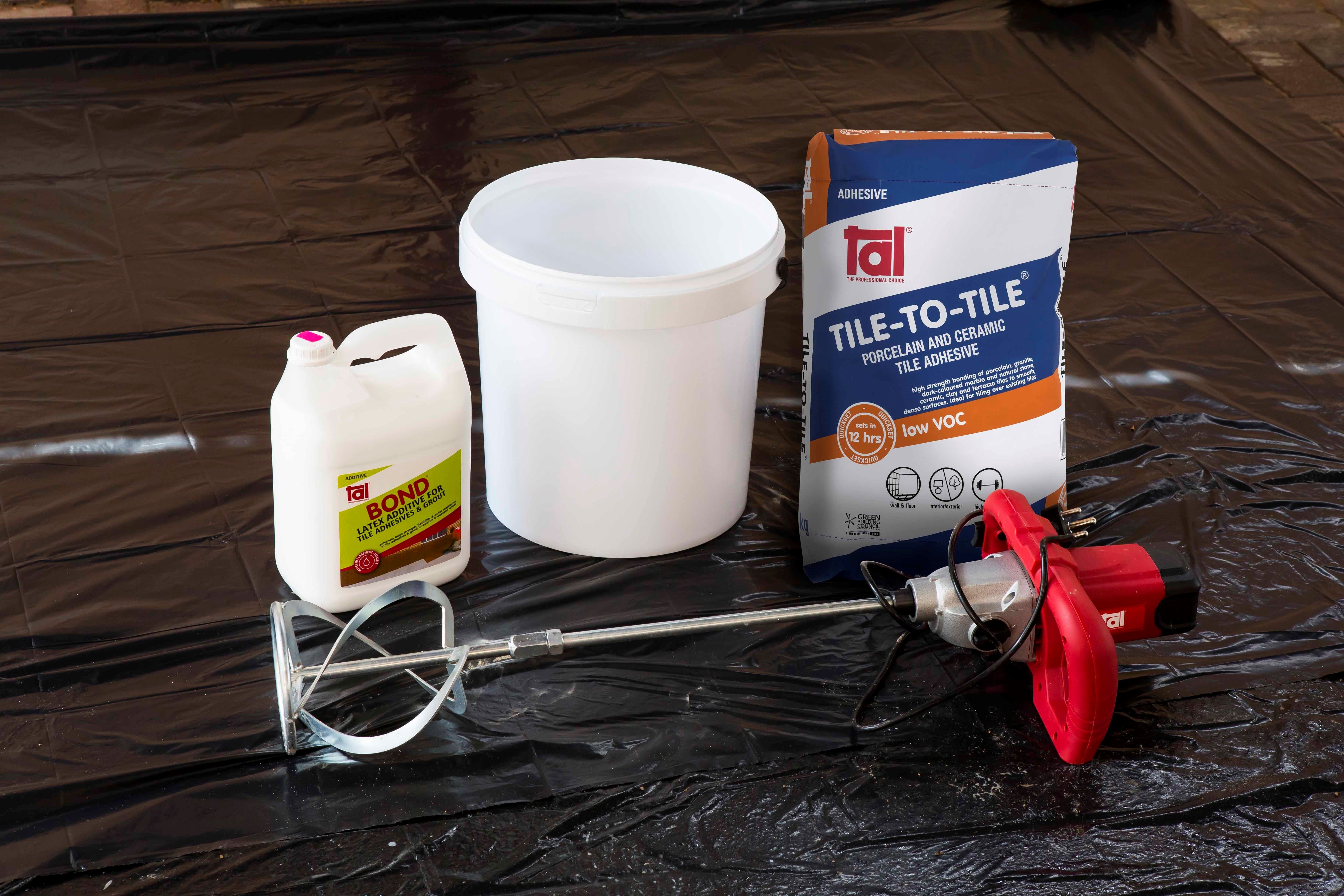

Ensure that there is a solid bed of adhesive at least 6 mm thick beneath each tile.
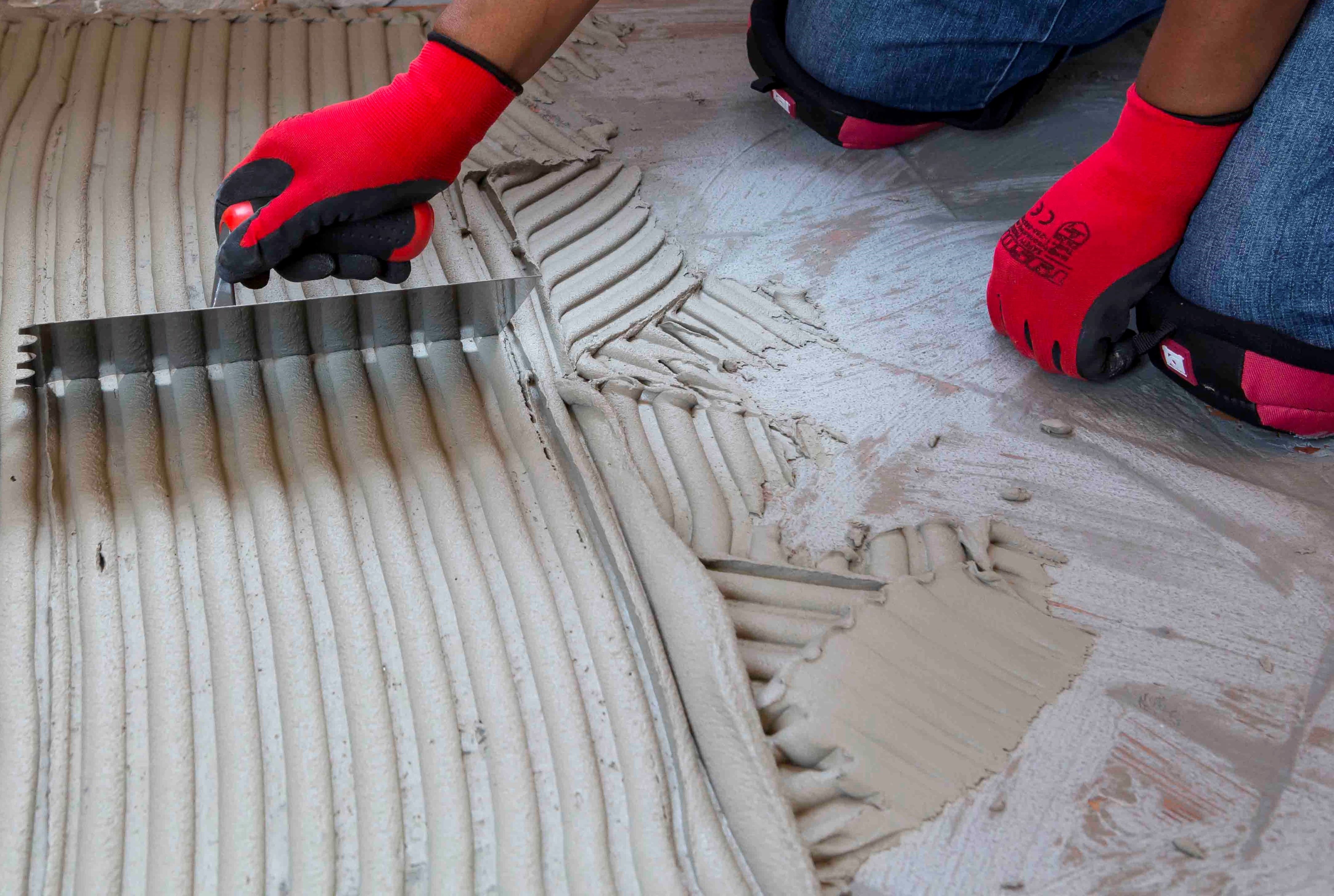

Back buttering with a thin coat of adhesive may also be required when using large-format tiles to ensure full contact with the adhesive bed.
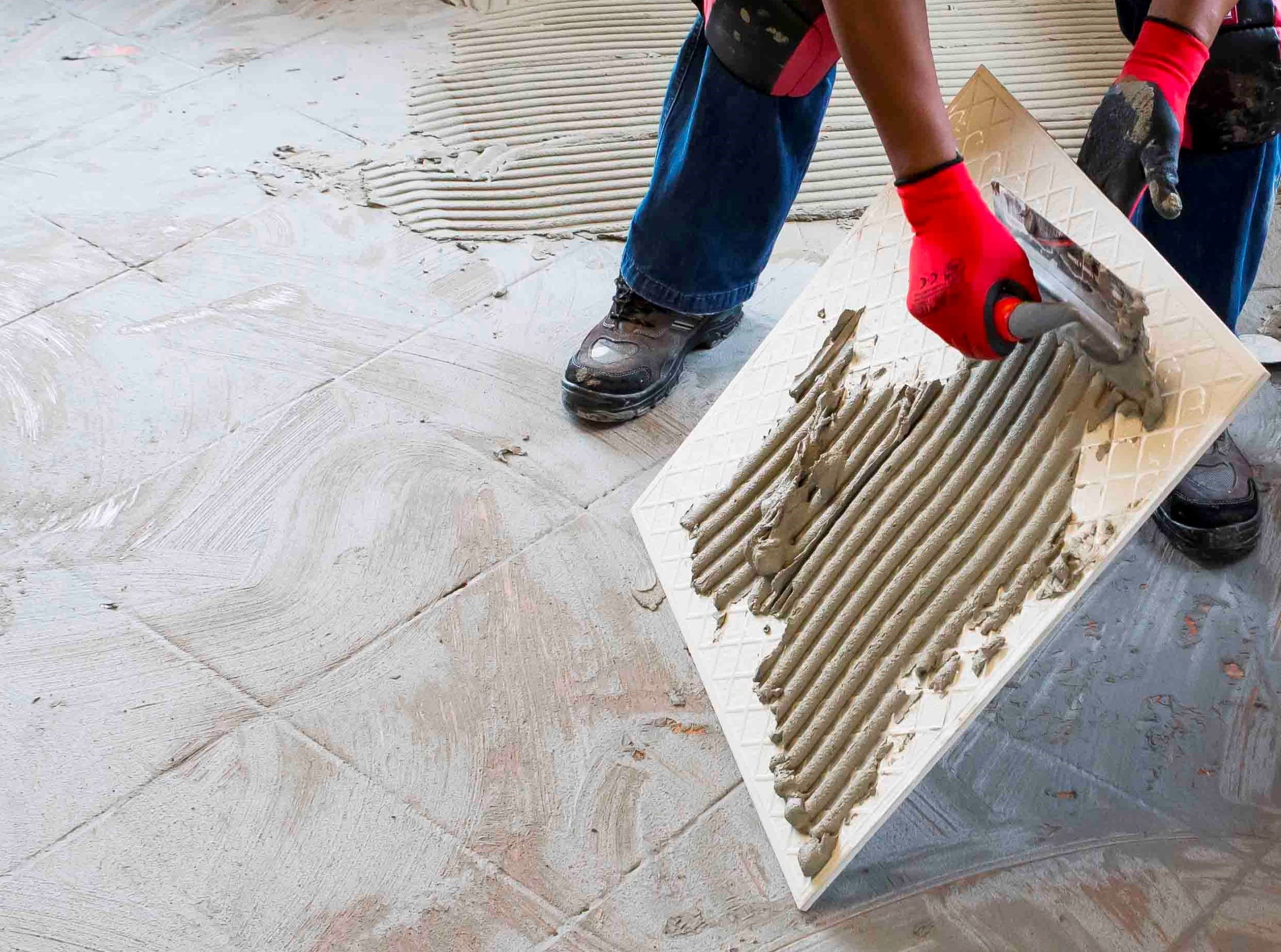

Grouting
Grouting should not be carried out until the adhesive has set sufficiently to prevent the tile installation from being disturbed during the grouting operation (always refer to the adhesive packaging for setting times). When using TAL TAL Tile-To-Tile, allow a minimum of six hours before grouting.
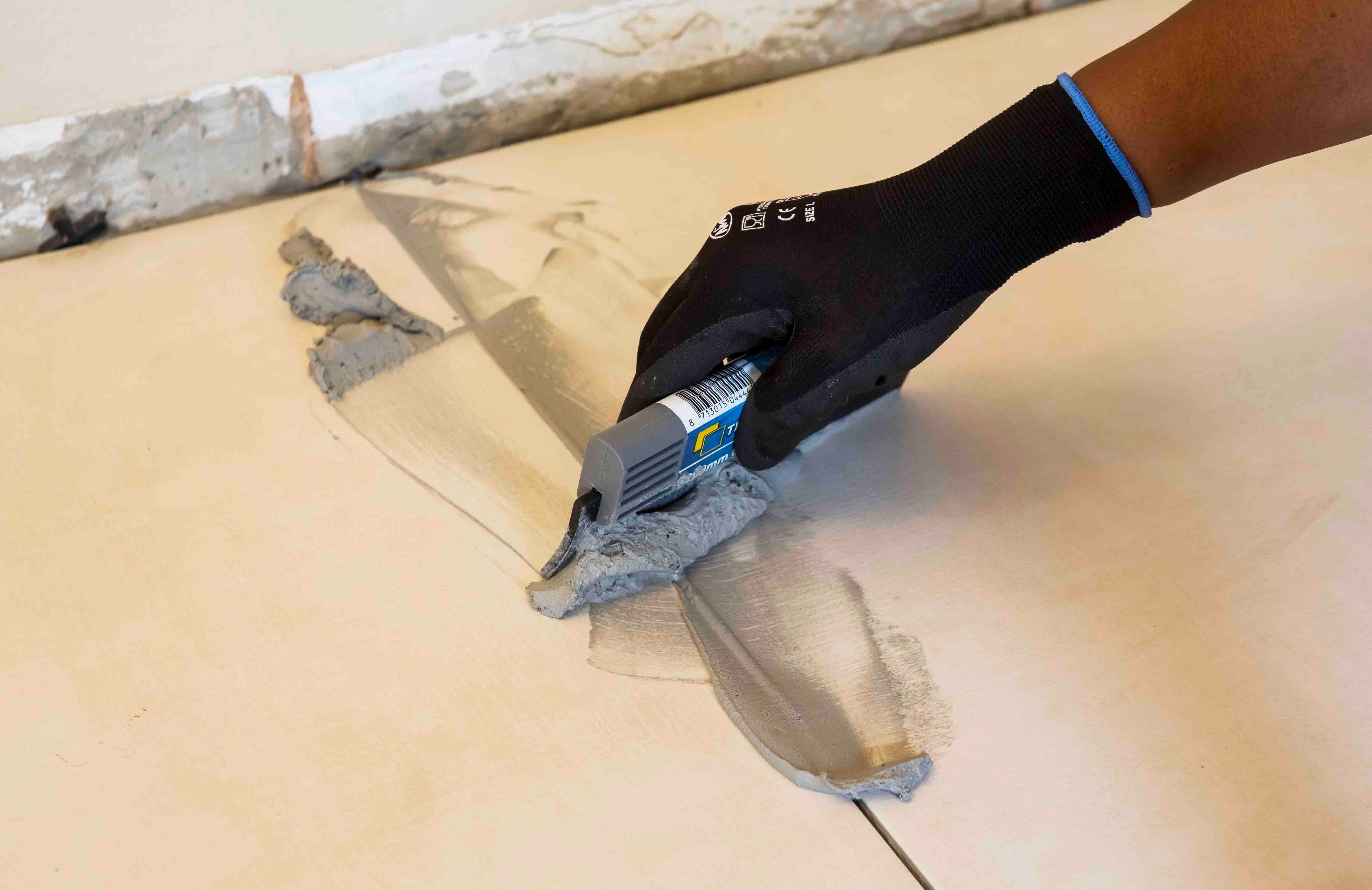

For interior surface beds, use TAL Wall & Floor Grout for filling tile joints up to 8 mm wide. TAL Quarry Grout can be used in wider joints up to 25 mm wide. On suspended slabs and for external installations, replace the water in the grout mix with TAL Bond, or add TAL Bond Powder to the grout mixing water.
Particular care must be taken to clean the grout off the tile face before it hardens completely. This is especially important when an additive such as TAL Bond or TAL Bond Powder has been used. A tile sample should be tested beforehand to ensure that no grout is absorbed through the glaze or into the tile body, thereby staining the tiles permanently.
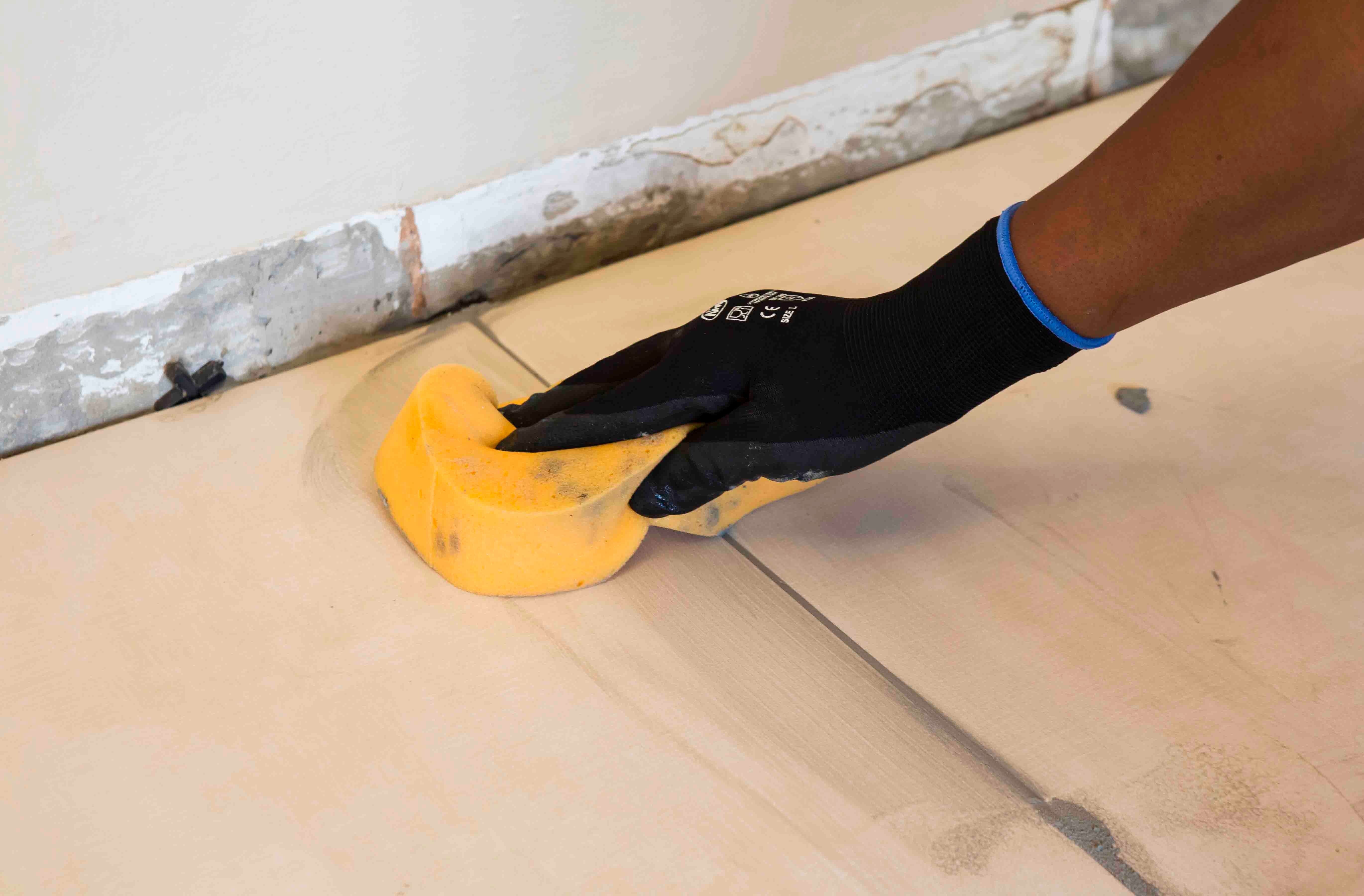

Movement joints
The lack of movement joints in tile installations is a major cause of tile failure. When tiling over existing tiles, the existing structural and movement joints must be maintained in the new tile installation. The movement joints should be at least 5 mm wide and extend through the adhesive and both tile layers.
